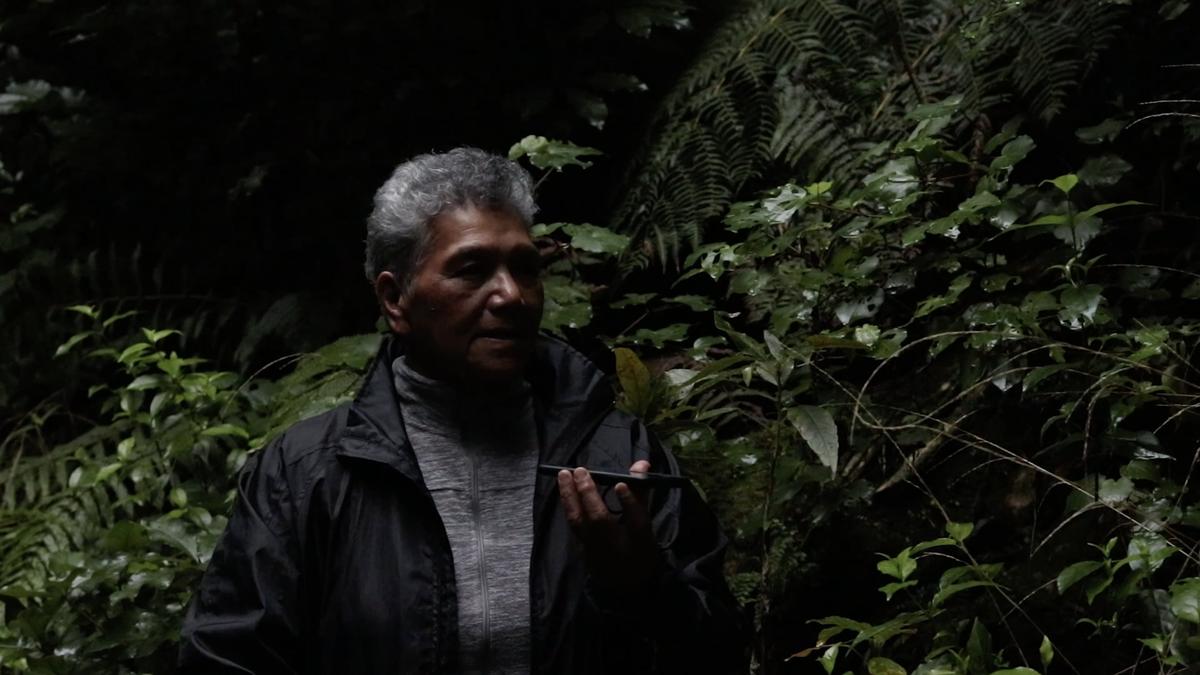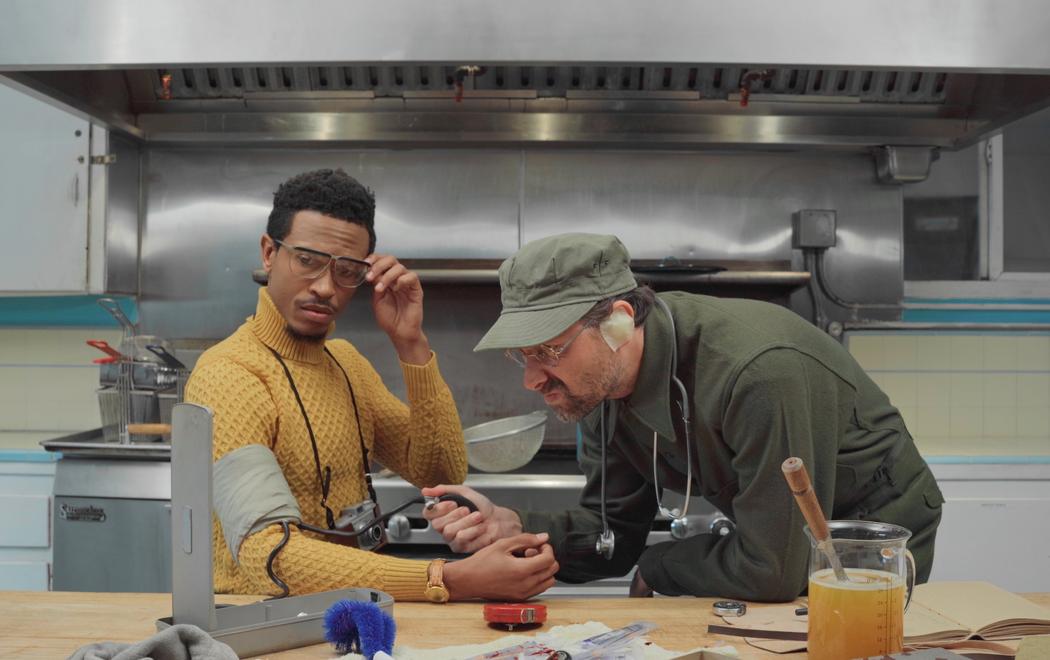Hihi Aho is a three-part podcast series hosted by Emma Hislop (Kāi Tahu). Hihi Aho (ray of light) unfolds from Rematriation, a new screening programme of five moving image works which explore the legacy of wāhine Māori knowledge and its resonance in the present day.
In this conversation, Emma talks to Rematriation's curator Tanya Te Miringa Te Rorarangi Ruka (Ngāpuhi, Ngāti Pakau and Waitaha). Tanya is CIRCUIT's inaugural Kaitiaki Kiriata, a new role that supports a Māori curator to develop moving image projects which speak through the lens of Te Ao Māori. Emma and Tanya discuss the works in Rematriation, concepts of time, the impact of growing up outside of their ancestral whenua, and Tanya's own video practice.
List of topics
00:00: Pepeha / Introduction from Emma Hislop
01:17: Pepeha / Introduction from Tanya Ruka
01:58: On the term Rematriation. Making contact with other Indigenous nations through Native Land Digital (an organisation with the mission "to map Indigenous lands in a way that changes, challenges, and improves the way people see history and the present day"). Tanya discusses discovering the work of Indigenous Canadian feminist writer Lee Maracle (Stó꞉lō nation) who coined the term 'Rematriation'. Tanya discusses shared Indigenous aspirations in a postcolonial context: "there's a lot of trauma in anything that's land-based … there’s a lot of comfort in our grandmothers."
05:32: Tanya discusses her curatorial process—why these artists and these works? On Papatūānuku as "another grandmother [in whom] we can seek comfort." The conflict between the need to 'own' land to have a say in it, despite this not being a traditional Indigenous position.
07:30: On artist Bobby Luke (Ngāti Ruanui) and conversations with our grandparents.
10:00: Tanya recalls discovering the work of Keri-Mei Zagrobelna (Whānau-ā-Apanui and Te Āti Awa) via the Courtenay Place Light Boxes in Te Whanganui-a-Tara. On Keri-Mei’s work Te Pito (2023) and "all those things that are spoken through the body." Tanya: "Our songs and our dances are the data-holding mechanisms."
11:30: The evolution of Tanya’s own art practice, from self-taught artist through to formal education.
13:00: Growing up outside of ancestral whenua, Tanya recalls exploring her own culture through education and art after returning to Aotearoa as an 11-year-old, and her subsequent discovery of colonialism and role of art as a reparative project.
15:00: On international networks, shared political issues with global Indigenous nations, and the empowerment of working with others.
16:30: Emma describes Tanya's work in Rematriation, Aue te Manuhiri (2023), as possessing "a gentler, quiet quality" and "steadfast". Tanya notes that the work arose from a project on myrtle rust, and evolved as part of a drive towards growing empathy with the forest: "we're all taking care of each other." On the difference between knowledge that is sacred and that which can be shared to build relationships. Tanya discusses her mother receiving a karakia from the ngahere (forest). She describes recording her mother saying the karakia, which speaks to the atua (gods) about the current ecological state of our planet.
19:30: Emma asks about working with whānau. Tanya says "… all my artwork has been about going with … my kids, my mum and speaking to the whenua … and putting a camera on the land … if they’re not all there I can’t concentrate."
21:47: Emma asks about the possibility for telling Māori stories in moving image as compared to other mediums. Tanya discusses time and the introduction of pattern as an alternative to linear time. Emma discusses these issues of time in her own practice as a writer "… from a Māori point of view, it's never linear." Tanya agrees: "... it’s past, present, future."
24:30: Emma raises the question of "who tells the story or owns the narrative?" She asks, "Is point of view a significant factor in moving image?" Tanya replies, "I’m really interested in all those elements that are there but we can’t see … that’s the first thing I’m thinking when I’m looking at indigenous creations of any kind … Can I feel what they’re trying to connect to?" She discusses current events revealing knowledge "…this information that we thought was lost just comes out … you can see what she was saying when they wove those stories into the korowai so they would remain."
26:50: Tanya and Emma discuss the joy of "not knowing."
27:16: On the use of te reo. Tanya says, "… for me being able to hear those sounds is really important … I know that’s the same globally … [Indigenous communities] mark a mountain by a song … we can start to see and feel the landmarks, the maunga, the awa."
29:30: On Te Taiao (the natural world); on wāhine as 'whare tangata'. Tanya: "…many of our Indigenous nations were actually matriarchal communities … more along the lines of … gender was different back then … there were more people who were non-binary … which would carry the masculine and feminine." "A lot of the healers were people balancing male and female energies … Rematriation is this idea of bringing a balance."


